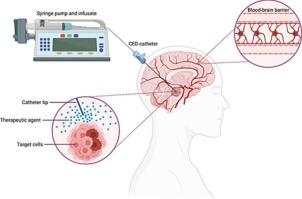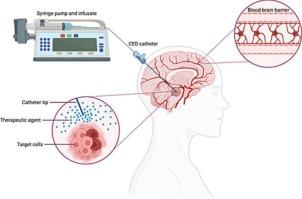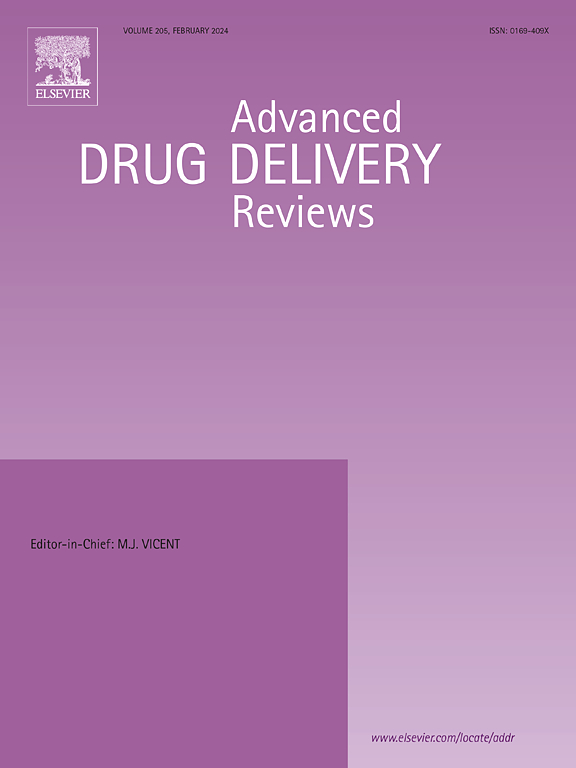脑恶性肿瘤的对流增强输送:技术参数,配方策略和临床前景
IF 17.6
1区 医学
Q1 PHARMACOLOGY & PHARMACY
引用次数: 0
摘要
血脑屏障的保护性极大地限制了活性药物成分(api)的进入,对药物有效进入大脑提出了重大挑战。对流增强给药(CED)正成为克服这一障碍的一种有前景的策略,它使原料药以治疗浓度直接输注到脑组织中,从而扩大了脑肿瘤和神经系统疾病的潜在治疗选择。本综述提供了CED领域的当前和全面的最新情况,突出了最近的进展和当前的挑战。此外,还考虑了各种配方策略,包括纳米颗粒、环糊精和水凝胶,重点是确定提高CED给药所需的最佳配方特性。本文从临床试验、设备工程和制药的角度分析了影响CED成功的关键因素,并概述了其有效临床转化的未来方向。本文章由计算机程序翻译,如有差异,请以英文原文为准。


Convection-enhanced delivery for brain malignancies: Technical parameters, formulation strategies and clinical perspectives
The blood–brain barrier’s protective nature greatly restricts the entrance of active pharmaceutical ingredients (APIs), presenting a significant challenge for effective drug delivery into the brain. Convection-enhanced delivery (CED) is emerging as a promising strategy to overcome this barrier by enabling the direct infusion of APIs at therapeutic concentrations into brain tissue, thereby expanding potential treatment options for brain tumours and neurological conditions. This review provides a current and comprehensive update on the field of CED, highlighting recent advances and ongoing challenges. In addition, various formulation strategies, including nanoparticles, cyclodextrins, and hydrogels, are considered, with an emphasis on identifying optimal formulation properties required to enhance CED administration. With insights from clinical trials, device engineering and pharmaceutical perspectives, this review highlights the critical factors that influence the success of CED and outlines future directions for its effective clinical translation.
求助全文
通过发布文献求助,成功后即可免费获取论文全文。
去求助
来源期刊
CiteScore
28.10
自引率
5.00%
发文量
294
审稿时长
15.1 weeks
期刊介绍:
The aim of the Journal is to provide a forum for the critical analysis of advanced drug and gene delivery systems and their applications in human and veterinary medicine. The Journal has a broad scope, covering the key issues for effective drug and gene delivery, from administration to site-specific delivery.
In general, the Journal publishes review articles in a Theme Issue format. Each Theme Issue provides a comprehensive and critical examination of current and emerging research on the design and development of advanced drug and gene delivery systems and their application to experimental and clinical therapeutics. The goal is to illustrate the pivotal role of a multidisciplinary approach to modern drug delivery, encompassing the application of sound biological and physicochemical principles to the engineering of drug delivery systems to meet the therapeutic need at hand. Importantly the Editorial Team of ADDR asks that the authors effectively window the extensive volume of literature, pick the important contributions and explain their importance, produce a forward looking identification of the challenges facing the field and produce a Conclusions section with expert recommendations to address the issues.

 求助内容:
求助内容: 应助结果提醒方式:
应助结果提醒方式:


